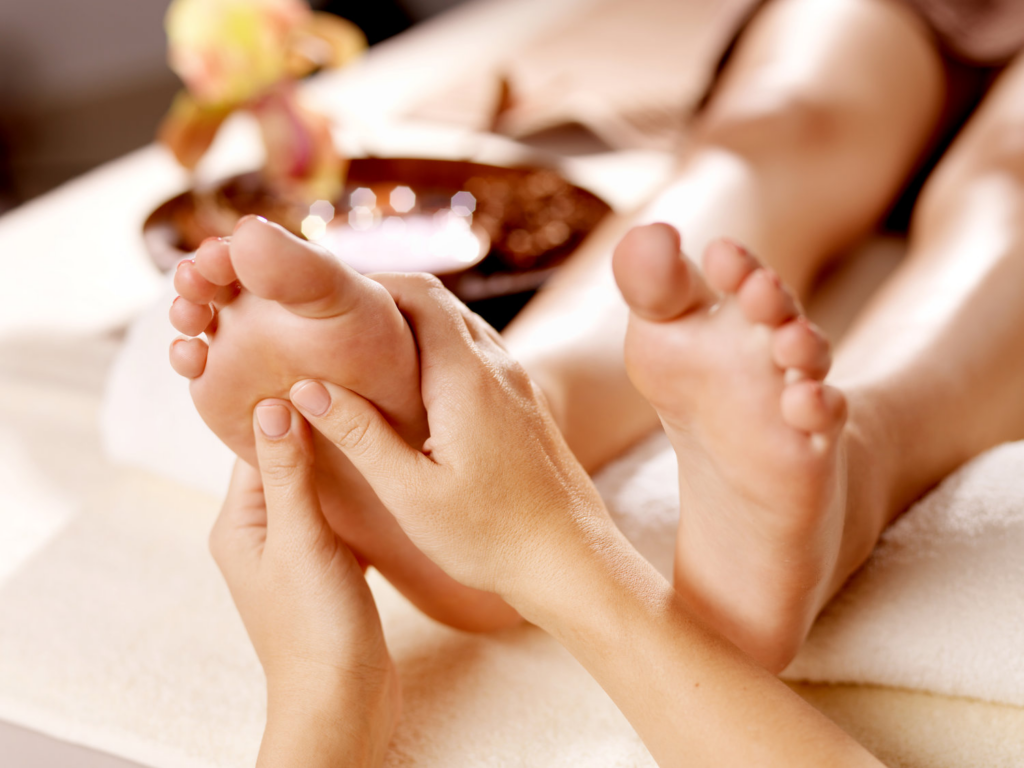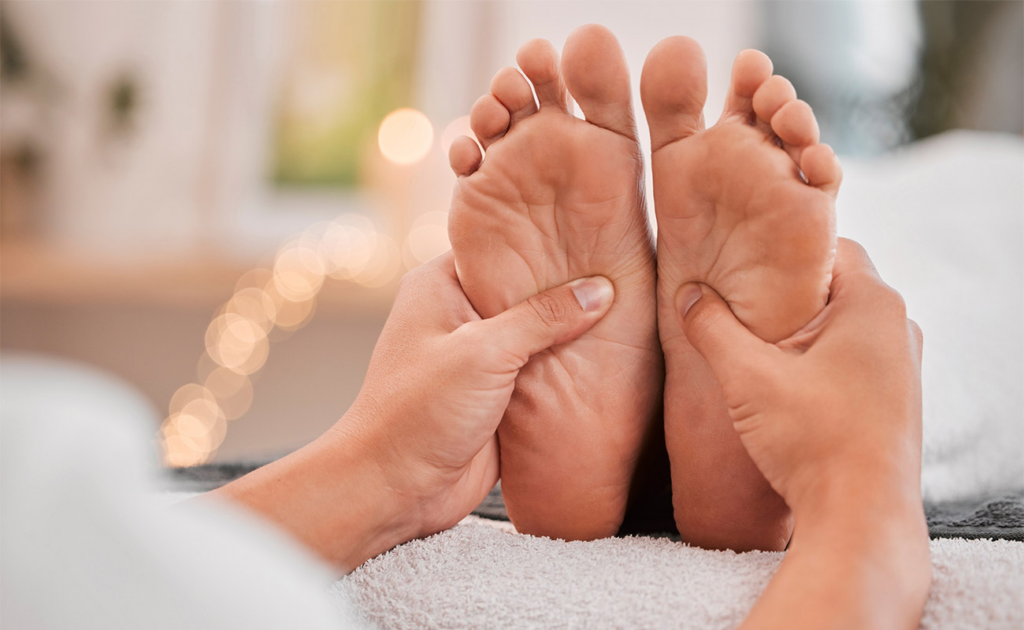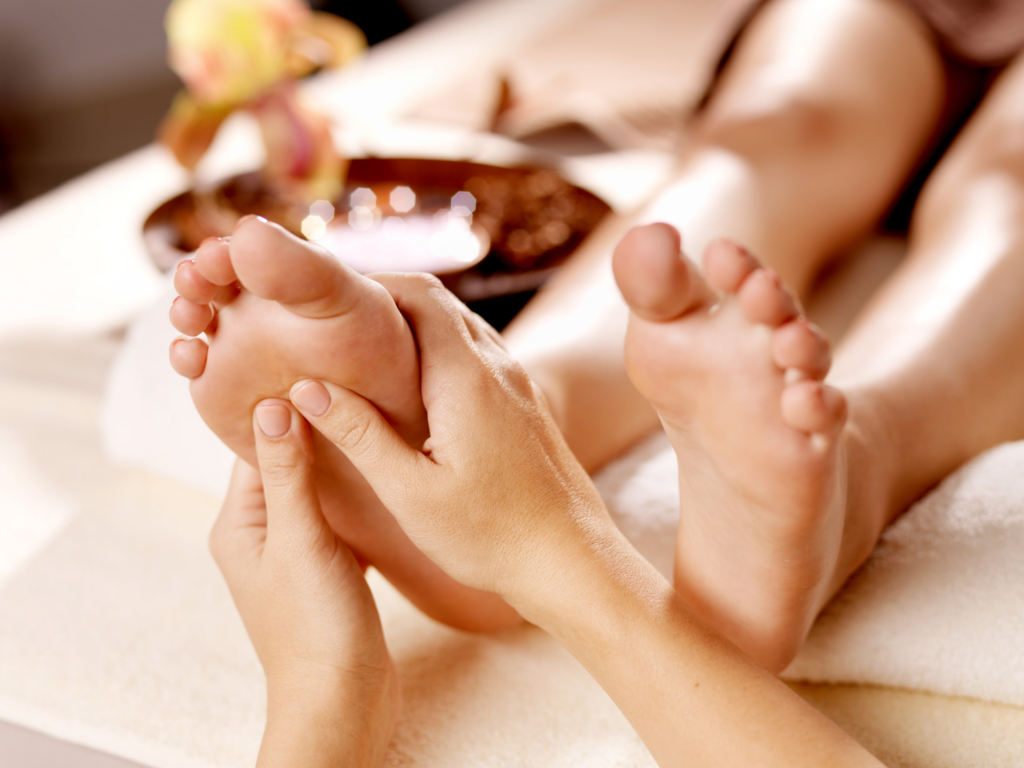Is Reflexology Massage Real? Unveiling the Facts and Myths
Reflexology massage has been quite famous in recent times as an alternative treatment for different health conditions. Learn about its principles, possible advantages, and scientific evidence. What Is Reflexology Massage? Reflexology massage involves applying pressure to specific points on the feet, hands, or ears, believed to correspond with various body organs, promoting relaxation and healing. Reflexology refers to complementary therapy that uses pressure on specific areas of feet, hands, and ears called reflex points. These particular places are believed to correspond with various body organs and systems. Reflexology started its roots from ancient civilization such as Egypt and China. However, modern reflexology as we know it today was developed by Eunice Ingham—an American physiotherapist during the early 20th century. The main principle of reflexology is that there are points on the feet, hands, and ears that correspond to different organs in the body. Applying pressure on these points, the practitioners can stimulate healing processes in the body, thus balancing corresponding organs and systems. Typically, a reflexology chart will show a map of the body overlaid onto either feet or hands. What Are The Mechanisms of Reflexology? Reflexology mechanisms involve applying pressure to reflex points on the feet, hands, or ears, stimulating nerve endings to promote relaxation, circulation, and balance in the body. Zones are steps from one end of your head, down through your arms and legs to those very tips of your toes. Energy flows throughout the body along these zones. Within these zones various reflex points are identified that correspond to various organs . There are various procedures used by reflexologists to stimulate the reflex points in the body. They may include using a finger or thumb to “walk” along the foot, applying pressure on some specific areas. Hook and back-up is Pressing with one’s thumb, then hooking, followed by a gentle pull back. Rotation on a point applies circular pressure to a particular reflex point. Gentle massage and stretching are used to promote general relaxation. These are usually done in a sequence where it is common to start from the toes, moving down towards the heel. What Are The Potential Advantages of Reflexology Massage? Potential advantages of reflexology massage include reduced stress, improved circulation, enhanced relaxation, better sleep, and relief from pain and tension in various body areas. Supporters often claim that it could help with a variety of physical health problems, including: Some people claim that this massage can reduce pain caused by headaches, arthritis, and back issues. The massage can increase blood flow all over your body. When combined with stress reduction and relaxation, it promotes immune system functioning. Some individuals have found the relaxing benefits of this therapy to improve their sleep. Reflexology is a calming treatment that can reduce stress and create tranquility. Individuals go for reflexology on a regular basis to alleviate nervousness. Reflexology may help improve people’s general mood through relaxation. Many people experience a renewed sense of well-being after reflexology, claiming to feel more energized, aligned, and connected. Is Reflexology Backed by Science? Reflexology lacks strong scientific evidence supporting its efficacy. While some studies suggest benefits, more rigorous research is needed to validate its effectiveness and mechanisms. Although many people testify about the benefits they have received from reflexology, scientific evidence supporting its effectiveness is conflicting. Positive findings include reduced anxiety in patients, improved quality of life along with reduced pain and improved mood in cancer patients However, limitations such as small sample sizes or lack of proper controls affect several analyses. More rigorous research is needed. How To Find a Qualified Reflexologist? To find a qualified reflexologist, check for proper certification, seek recommendations, verify experience, and ensure they adhere to professional standards and ethical practices. When searching for a reflexologist, be sure to look for someone who has completed an accredited training program and has a certificate from a reputable organization. In many countries around the world, there is no strict regulation governing this practice. Expectations During a Session The usual procedure of reflexology takes half to one hour. You may only take off your shoes and socks, but otherwise you’ll be fully dressed. The beginning will include an assessment of your feet, followed by the use of various techniques that involve applying pressure on specific reflex points. Can Reflexology Be Practiced at Home? Yes, reflexology can be practiced at home using self-massage techniques or by following guidance from trained practitioners, though professional assessment ensures proper application and effectiveness. Although it is always best to have reflexology done by a skilled practitioner, there are some simple techniques you can try at home Foot rolling involves using a tennis ball or roller made specifically for this kind of acupressure. Do a caterpillar-like movement with the thumb as it applies pressure across the soles of your feet. Put more force onto certain points in your feet that correspond to any worries you have. What does it mean when a reflexology point hurts? When a reflexology point hurts, it may indicate that the corresponding area of the body is tense, imbalanced, or in need of therapeutic attention. A hurting reflex point can be a sign of an imbalance or problem in its corresponding area. This discomfort may indicate areas that need to be addressed or healed. Why does foot reflexology feel so good? Foot reflexology feels good because it stimulates nerve endings, promotes relaxation, improves circulation, and releases endorphins, which enhance overall well-being and reduce stress. Nerve endings get stimulated, blood circulation improves and relaxation sets in after undergoing foot reflexology. By applying pressure, tension can be released, triggering our natural pain killers hence leaving us with a feeling of relief and pleasure. Is foot reflexology good or bad? Foot reflexology is generally considered beneficial for relaxation and stress relief. However, its effectiveness varies, and it may not replace conventional medical treatments for serious conditions. Foot reflexology is thought to promote relaxation, reduce stress and improve general well-being overall. However, one should be cautious if they have particular health conditions. Final





